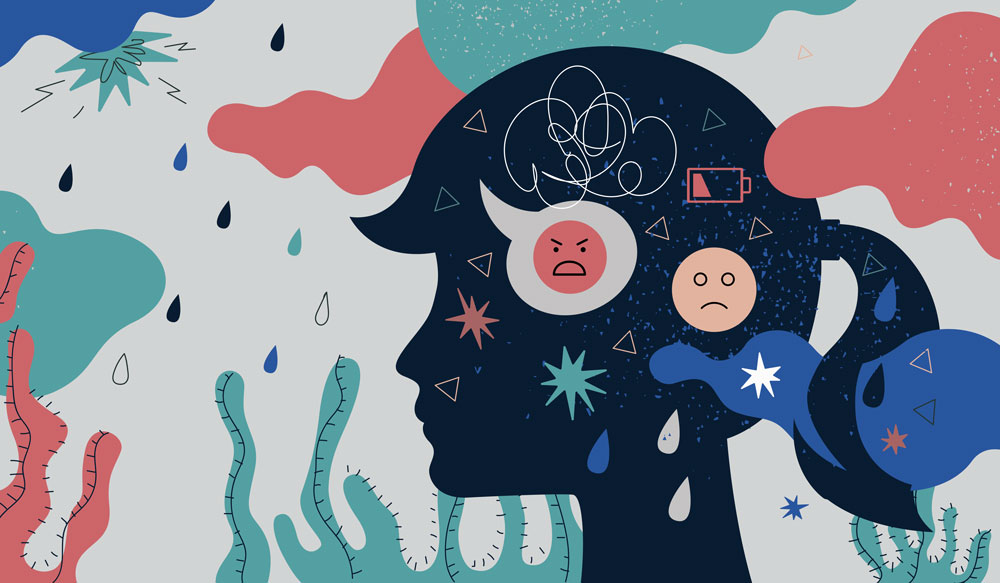Abigail Shrier’s Bad Therapy: Why the Kids Aren’t Growing Up (Sentinel, 2024) is the investigative journalist’s second bestseller exploring threats to the welfare of minors in the name of care. Her previous book, Irreversible Damage, addressed the disturbing phenomena of gender dysphoria and the so-called transgender care of children, particularly teen and preteen girls. In Bad Therapy, Shrier turns her attention to the unintended yet harmful consequences of psychological theories and treatments that pervade the worlds of mental health and education. The technical term for what Shrier takes aim at is “iatrogenesis” (from a Greek word meaning “originating with the healer”) which “refers to the phenomenon of a healer harming a patient in the course of treatment” (7). She explains, “Much of iatrogenesis occurs not because a doctor is malicious or incompetent but because treatment exposes a patient to exogenous [i.e., external] risks” (7). The risks Shrier has in view are things such as preoccupation with oneself and his or her emotions, resulting in increased likelihood of anxiety and depression, poor interpersonal skills, and an overall mental and emotional fragility that fails to prepare children for life’s hardships and leaves them in a prolonged state of immaturity.
By referring to bad therapy, Shrier does not mean to discount therapy per se. The book is not a screed against counseling in itself but an alarm concerning a constellation of therapeutic concepts that are so ubiquitous and deeply ingrained in Western society that questioning them can seem unreasonable. “We’ve all been swimming in therapeutic concepts so long we no longer note the presence of the water,” she writes (19). In Part I, Shrier lists and briefly describes ten steps of bad therapy, which she goes on to elaborate in the rest of the book. They are: (1) teach kids to pay attention to their feelings, (2) induce rumination, (3) make “happiness” a goal but reward emotional suffering, (4) affirm and accommodate kids’ worries, (5) monitor, monitor, monitor, (6) dispense diagnoses liberally, (7) drug ‘em, (8) encourage kids to share their “trauma,” (9) encourage young adults to break contact with “toxic” family, and (10) create treatment dependency. Shrier notes that financial incentive plays a significant role in the promulgation of a therapeutic outlook on life. “. . . the poor mental health of the rising generation spells unimaginable business opportunity,” she writes. “They claim that one out of six children in the United States ‘has an impairing mental health disorder.’ Without embarrassment or apology, one internal pitch to investors refers to kids as its ‘beachhead population’” (37).
According to Shrier, a leading underlying assumption of bad therapy is the notion that focusing on one’s emotional state is critical to one’s psychological well-being. However, as she notes from interviews with renowned mental health professionals and various academic studies, the evidence does not bear this out. If anything, it has the opposite effect: “Bad therapy encourages hyperfocus on one’s emotional states, which in turn makes symptoms worse” (64).
In Part II of the book, “Therapy Goes Airborne,” Shrier concentrates on a vehicle outside of formal therapy by which the tenets of bad therapy are widely spread—school, which she contends is most likely “the epicenter of bad therapy in your children’s life” (65). Here she tackles social-emotional learning, whose advocates she says “claim that nearly all kids today have suffered serious traumatic experiences that leave them unable to learn” (76). The presupposition that trauma is virtually endemic among children can easily lead to a prioritization of trying to help children identify and divulge negative emotions on the basis of the mistaken assumption that doing so is always necessary for them to thrive. This is contrary to what good counselors (Shrier acknowledges they do exist) know to be the case. “Good therapists know that it may be counterproductive to push a kid to share his trauma at school. Good therapists are trained specifically to avoid encouraging rumination. But school staff who play therapist rarely seem aware that they might be encouraging ruminations as they stalk a kid at lunch, waiting to see if he’ll open up about his father’s incarceration minutes before a history test” (78). In this section of the book, Shrier also tackles subject such as how the assumption that negative emotions necessarily underlie children’s acting out often plays out in a reluctance or refusal to discipline offenders; excessive accommodations; and commonly held but highly questionable notions about the nature of trauma, gentle parenting, and the excessive diagnosing and medicating of children.
Shrier does not lay full responsibility for the predominance of bad therapy on the doorstep of the mental health industry. She cites parental fear as being a contributing factor in hindering kids’ healthy maturation. Overprotection, no matter how well-meant, impedes what it is that we most wish to see our children become. “They thrive with independence, a certain level of responsibility and autonomy and, yes, failure. They never learn to do for themselves if we do everything for them. Risky play—rough-and-tumble, or involving heights, sharp tools, and some actual danger—not only rewards kids with joy and social competence, it may make them less phobic and better able to navigate and assess risks in the future. Small failures and injuries help rather than hurt kids” (216). Shrier has strong words to her fellow Gen Xers concerning not allowing the desire to be liked by their kids to override their calling to be loving authorities in their lives, setting boundaries and applying correction when needed. “If we acted like actual authorities in our own houses—those who didn’t need to grovel and endlessly explain—we worried we would lose their affection and constant access to everything transpiring in their hearts and minds” (185).
Shrier is not writing from a biblical perspective. Nevertheless, much in the volume, such as the recognition of the goodness and necessity of properly utilized authority, is consistent with the Scriptures. I have only minimal reservations about the book. On a few occasions, I thought that Shrier wrote with a sarcastic tone that could detract from the persuasiveness of her arguments. For example, “Discussing a traumatic experience, even with a trained therapist, can sometimes increase suffering? This is my shocked face” (58–59). In a few instances, I think she’s given to overstatement or exaggeration (such as the reference to “stalking” in the quotation above). These minor points aside, I recommend that Christian parents and others who wish to avoid offering unhelpful help to children, adolescents, and young adults read this work.
This article was originally published in the Spring 2025 issue of Cairn magazine.










